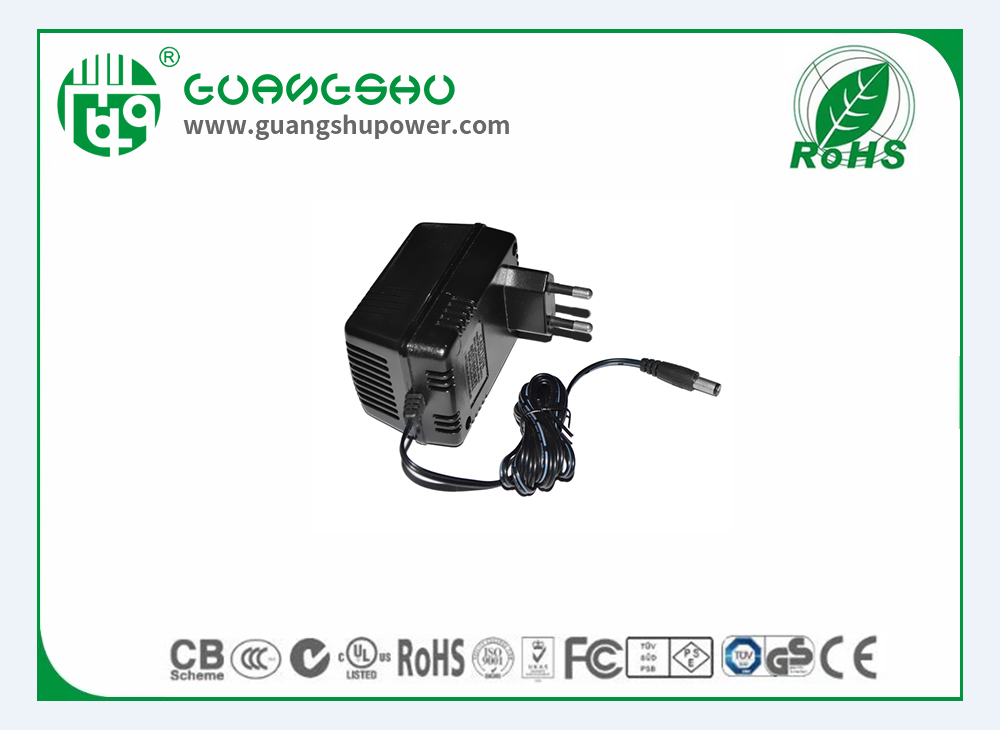Time:2025-07-08 Views:0

The selection of transformer core materials is mainly based on their magnetic properties, which directly affect the performance of the transformer. The key magnetic properties to consider include magnetic permeability, core loss, and saturation magnetic flux density.
Magnetic permeability (\(\mu\)) is a crucial parameter. High - permeability materials can concentrate the magnetic flux, reducing the magnetic reluctance of the magnetic circuit. This allows for a more efficient transfer of energy between the primary and secondary windings. Soft magnetic materials, such as silicon steel and ferrite, are commonly used due to their relatively high magnetic permeability. Silicon steel, especially grain - oriented silicon steel, has excellent magnetic properties. It has a high initial magnetic permeability and low hysteresis loss, making it suitable for power transformers operating at power frequencies (50 or 60 Hz).
Core loss, which consists of hysteresis loss and eddy - current loss, is another important consideration. Hysteresis loss is related to the magnetic hysteresis loop of the material, and materials with narrow hysteresis loops have lower hysteresis losses. Eddy - current loss is caused by induced currents within the core. To reduce eddy - current loss, the core is often made of thin laminations insulated from each other. Ferrite materials, with their high electrical resistivity, are effective in reducing eddy - current losses and are widely used in high - frequency transformers.
The saturation magnetic flux density determines the maximum magnetic flux that the core can carry without entering a saturated state. When the core saturates, the magnetic permeability drops sharply, and the transformer experiences increased losses and distorted waveforms. Therefore, materials with high saturation magnetic flux density are preferred for applications where high - flux levels are required.
Read recommendations:
120W desk Switching power supply
130W desk Switching power supply
M3-12W Medical Switching Adapter
Refrigerator and Air Conditioner Switching Power Supply Role